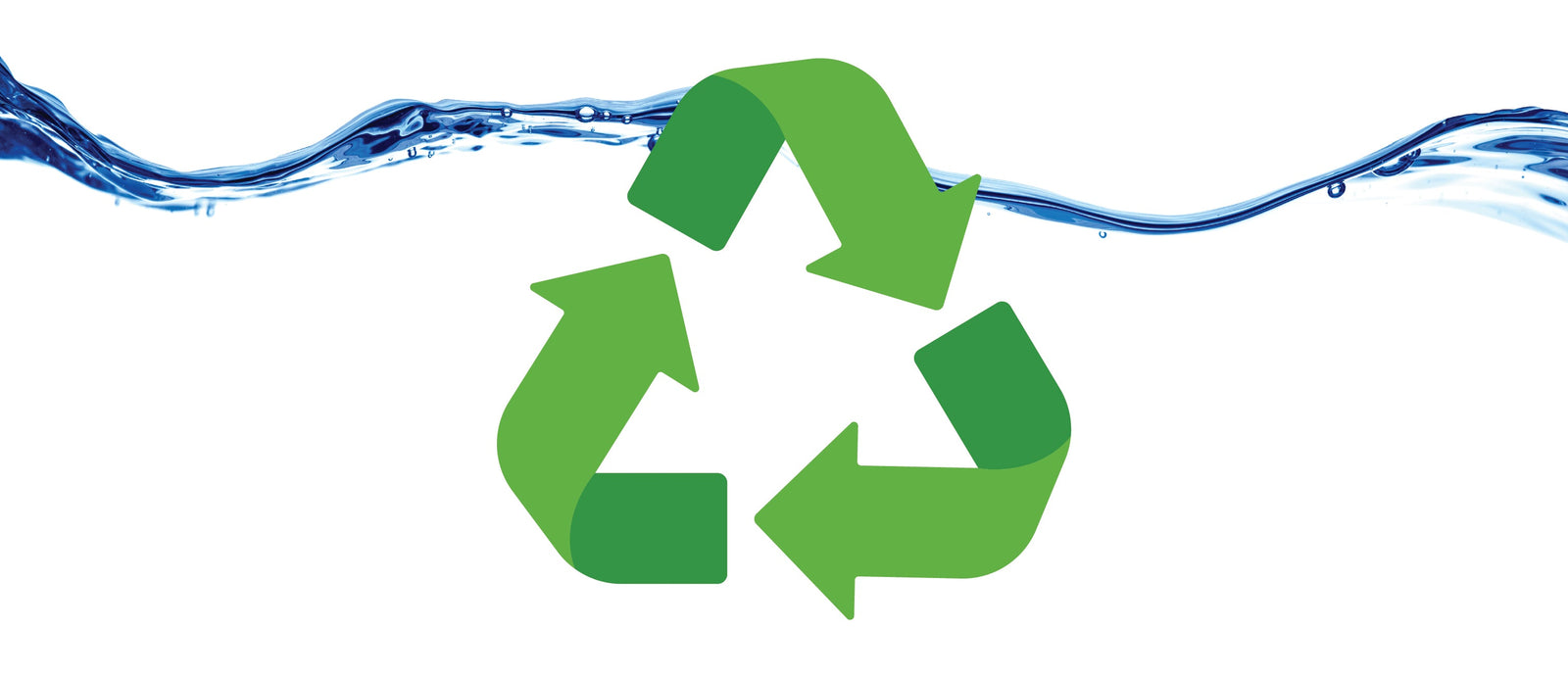Every now and then we like to dive into the history of the battery industry, and the history of the lead-acid battery goes way back. In 1859, French physician Gaston Plante invented the lead-acid battery. It became the first rechargeable battery for commercial use. Fast forward 152 years to 2025, and we’re still using Plante’s lead-acid battery. The lead-acid market is tried and true.
Lead-acid batteries can provide both starting and deep cycling power. When used as starting power, these batteries may be found in cars or other motorized vehicle engines. They are the reasons why our car starts and gets us to work on time in the morning. When used as sources of deep cycling power, lead-acid batteries can be found in forklifts, golf carts and boats, and to run appliances like lights. There are alternatives to lead-acid batteries, but none that we know of have been in use for over 150 years.
It's clear that the supply chain would be deeply disrupted if batteries weren’t a part of the picture. Batteries are essential to the way the modern world runs, and some of the greatest benefits of lead- acid batteries are their reusability, their high recyclability and their economic benefits.
Lead-acid batteries typically have a life of 3-5 years, providing tens of thousands of starts and cycles to any vehicle it’s being used in. To maximize their life cycle, a battery should receive regular watering. Fortunately, Battery Watering Technologies watering systems make the watering process quick, safe and efficient for any battery technician.
The reusability of lead-acid batteries is a major factor in reducing waste and in reducing the output of harmful particulate matter. Lead-acid batteries have low CO2 emissions while they’re in use, but they do contribute to CO2 emissions when they’re being manufactured. The energy-intensive process of extracting and refining lead is where significant emissions come from with lead-acid batteries, but luckily, this too can be reduced by recycling lead-acid batteries!
Once a lead-acid battery has reached the end of its life, they can be recycled. Lead-acid batteries have the highest recycling rate in the United States with approximately 99% being recycled! They exceed the recycling rate of other common recycled materials like paper and aluminum cans. Recycled lead-acid batteries are used to make brand new lead-acid batteries contributing to a “closed-loop” system in which waste is transformed into new products and reduces environmental burden.
The recyclability and long shelf life of lead-acid batteries contributes to lower manufacturing costs, and their economic benefit as a whole. Going back to the long history of lead-acid batteries, we know they are well established and highly researched, which reduces costs in research and development and in the manufacturing process. The global supply chain has had 150+ years to stabilize for lead-acid batteries, making it less unstable than other batteries like lithium-ion batteries.
